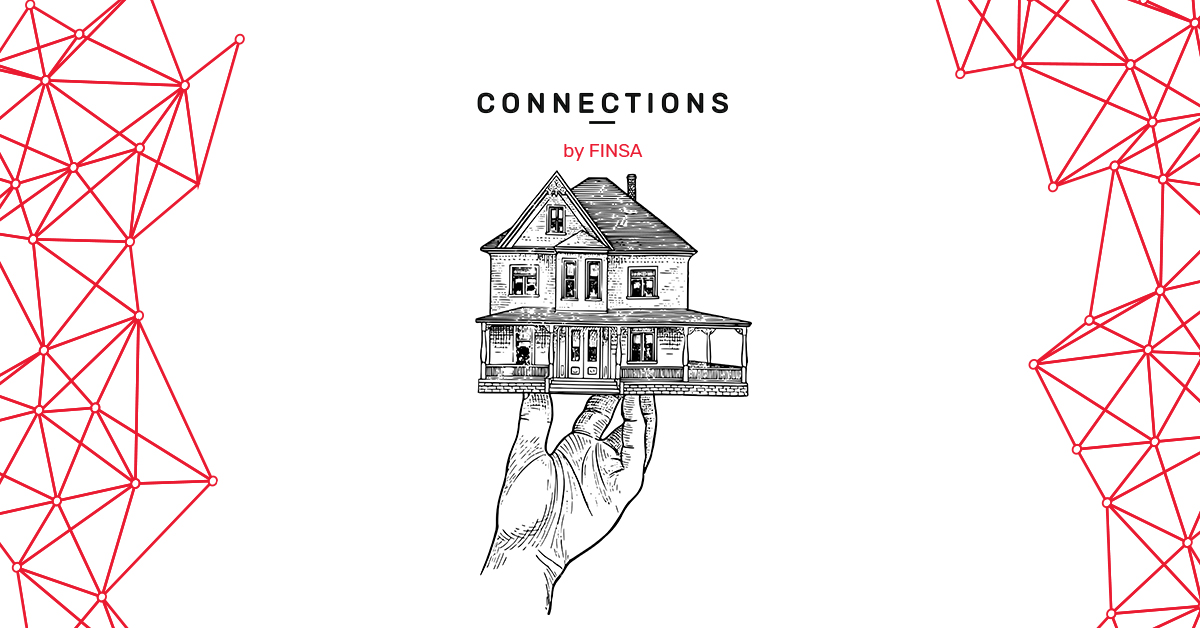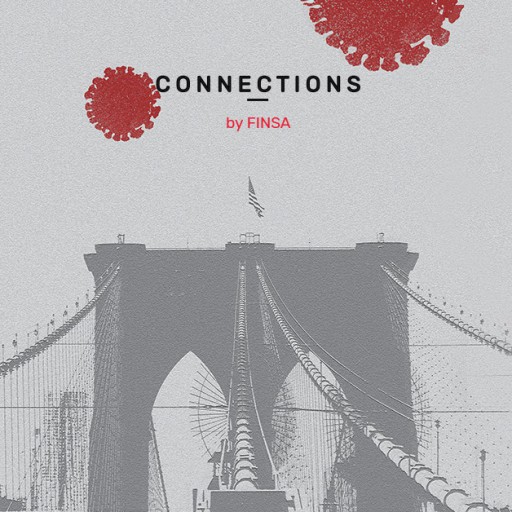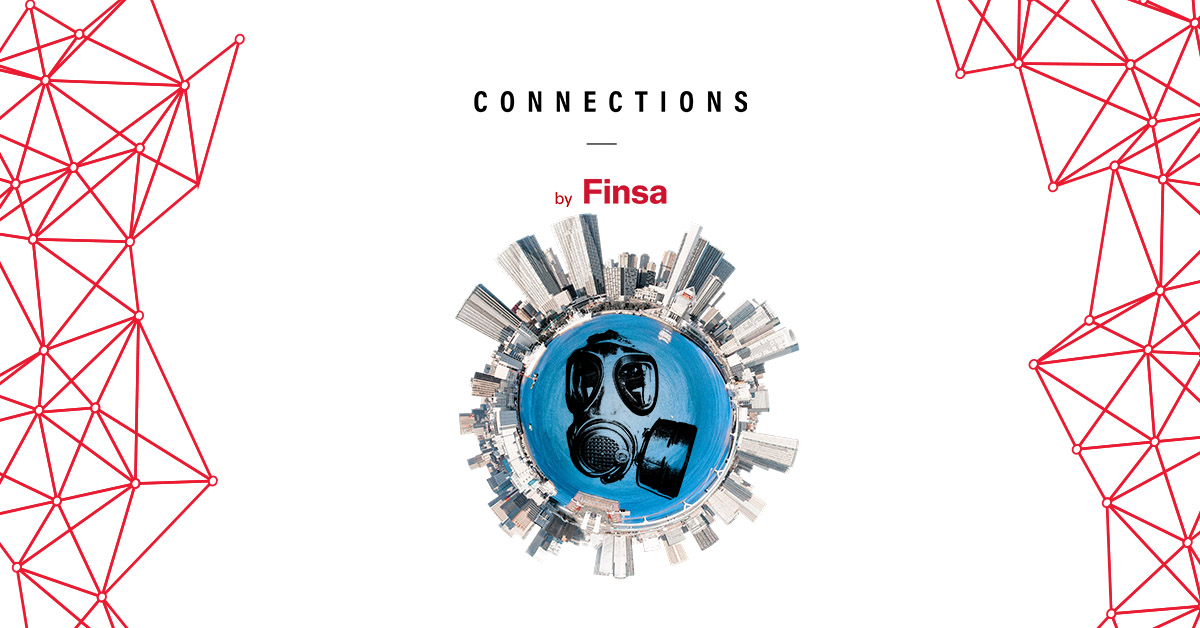NFTs, or Non-Fungible Tokens, revolutionised the cultural sector in 2020 and had a huge influence on digital art, resulting in the creation of a brand-new discipline: cryptoart. In fact, NFT sales tripled to 250 million dollars in 2020.
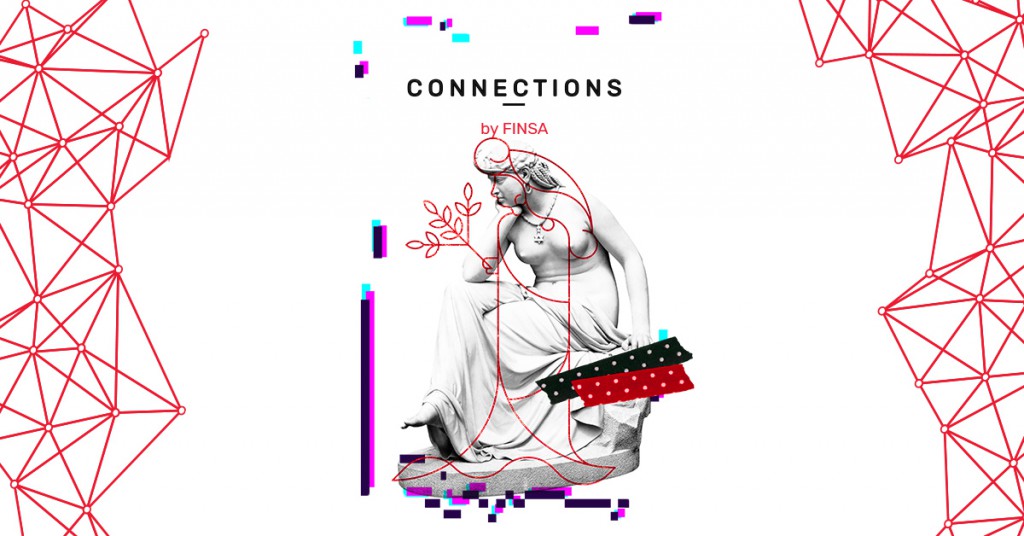 We’ve already looked the impact of NFTs on architecture and interior design, so let’s do the same for cryptoart and cryptofashion.
We’ve already looked the impact of NFTs on architecture and interior design, so let’s do the same for cryptoart and cryptofashion.
Ver esta publicación en Instagram
What is cryptoart and how does it affect traditional art?
Cryptoart is digital art that is “minted” using NFT technology. Its value is in the blockchain, which removes the middleman and confirms the origins or authorship of the art.
What are the benefits of this new digital art format? For cryptoartists, it has given them a space in which they can exhibit their work and sell it in real time on platforms for selling and sharing this type of art, which removes some of the obstacles they might face in the traditional market. Every artist also receives compensation for author’s rights from all secondary sales of their work.
The rise of cryptoart began with the auction of a piece by artist Beeple in 2020. It made him the third most valuable living artist in history. Though it’s hard to imagine owning a piece of art that you can’t touch, cryptoart is actually democratising galleries, collections, and museums.
Illustrator Javier Arrés is another cryptoartist that shot to fame in 2021 thanks to popularity of his NFT creations. The artist told eldiario.es that “in Spain I didn’t even have a gallery yet the last collection I presented at auction made over half a million dollars”.
Ver esta publicación en Instagram
How is cryptoart created?
When a piece of digital art is created, the file is attached to a NFT that registers the token (the artwork) via the blockchain. This process ensures that the digital artwork associated with the NFT was created by a particular artist. Verisart, a platform that generates encrypted digital certificates for the cultural sector, has been working on the authorisation process since 2015.
Cryptoart guarantees authenticity and protects the piece from being falsified. The owners of the piece, how many times it is sold, and the sale prices are all recorded. Using blockchain technology ensures that the networks can’t be hacked, meaning that it is almost impossible to duplicate or reproduce the pieces without consent.
Ver esta publicación en Instagram
Where can you buy cryptoart and where is it exhibited?
Super Rare and Makersplace are two digital artist platforms that emerged in 2017 and 2018. Like all NFT marketplaces, using cryptocurrency is mandatory if you want to buy something. These particular platforms require purchases to be made using cryptocurrency mined by Ethereum.
Super Rare’s website says that it is “the meeting point between Instagram and Christies. A new way of interacting with art, culture and collecting on the Internet”. In one year, Makersplace went from searching for artists to having between 15,000 and 20,000 creators attempt to access their website every day.
In addition to digital spaces where artists can sell their work, there are also digital exhibition spaces. ¿Criptoarte ético? Impulsando la transformación social desde la digital* is one of the first of its kind with a Hispanic focus. The curator of the exhibit, Marisol Salanova, put the call out for an online exhibition of cryptoart on the platform Artinformado. Salanova said “that the selection criteria were the same as they would be for any other exhibition”.
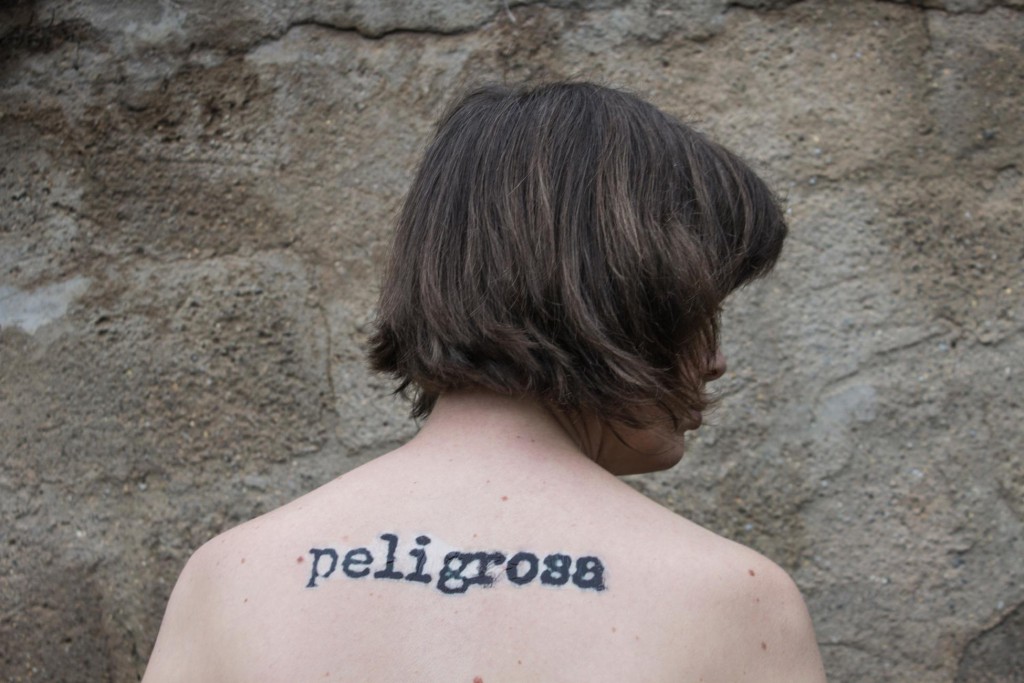
Cryptoart is a rapidly growing and relatively recent phenomenon. There are still a lot of questions that need to be addressed, but it seems to be a solution that allows creators to confirm authorship of their work, in addition to making art more accessible. Time will tell if we each end up with a collection of artworks that fit in our pocket.


